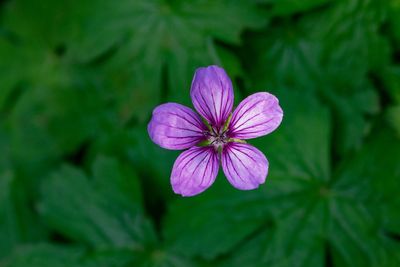About Tuberous Geranium Plants
The familiar scented geraniums are actually not true geraniums; they are pelargoniums. Tuberous geraniums, also known as hardy geraniums, wild geraniums, or cranesbill, are their slightly wild cousins. The pelargoniums growing in a container on your patio are annuals, while tuberous geranium plants are perennials. Although the two plants are related, they are very different. For starters, tuberous geranium plants vary substantially from pelargonium in color, shape, and blooming habits. As the name implies, tuberous geranium plants spread via underground tubers. In spring, clumps of rosy lavender blooms marked with dark purple veins rise on wiry stems above lacy-looking foliage. Seedpods that appear at the end of the season look like crane’s beaks, thus the name “cranesbill.”
Planting Tuberous Geraniums
Suitable for growing in USDA plant hardiness zones 5 through 9, tuberous geranium plants may look delicate, but they’re actually very tough. The pretty woodland plants are also easy to grow. Here’s how:
Choose a planting location carefully. Tuberous cranesbill flowers can be rambunctious, so be sure they have room to spread.
These plants tolerate nearly any soil, but they perform best in moderately fertile, well-drained soil – much like conditions in their natural environment.
Full sun is okay, but a little shade or dappled sunlight is best, especially if you live in a climate with hot summers.
Plant tubers about 4 inches (10 cm.) deep in spring or fall. Water well after planting. Tuberous geranium plants are drought tolerant once established.
Remove wilted blooms (deadhead) to extend the blooming period.
Tuberous geraniums are cold hardy, but a generous layer of mulch such as compost, chopped leaves, or fine bark will protect the roots during the winter.
